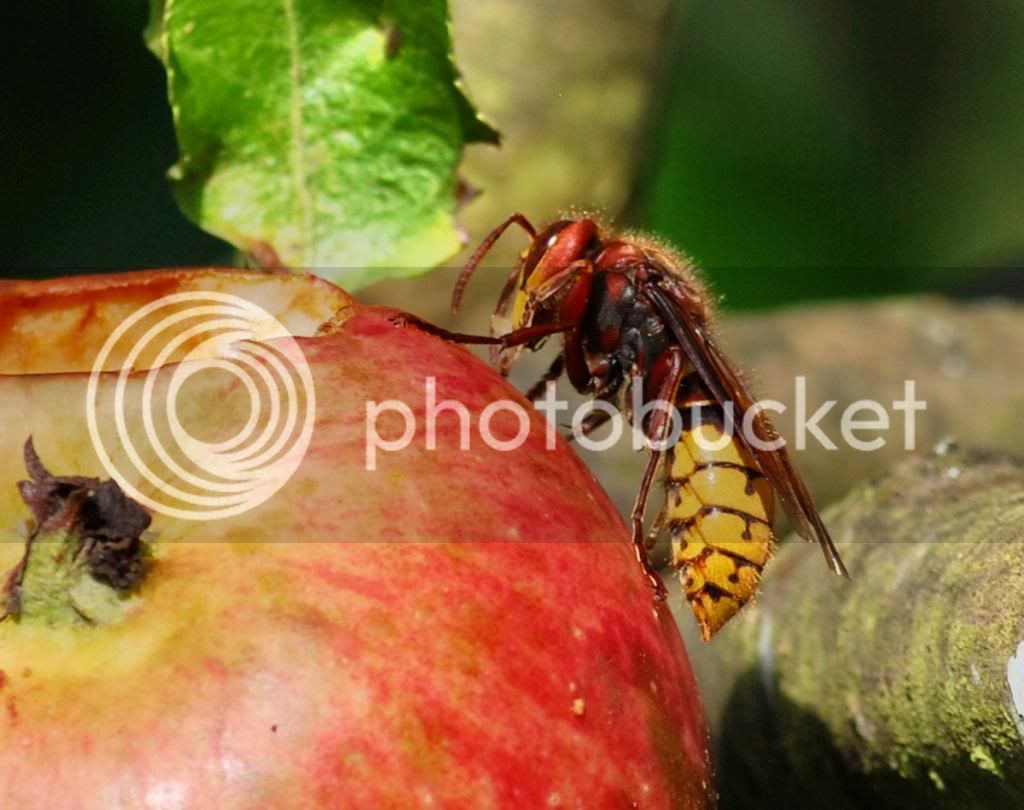<snip>
.......Trying to relate the life expectancy of an adult worker to the amount of meconia (feccal pellets) found in the nest doesn't seem to me to be a necessarily robust method not least because it doesn't account for any excretion taking place outside of the nest as the activities of adults change during the different phases of nest development and subsequent nest decline which is when workers spend most of their time sweet feeding (and therefore pooing) away from the nest.
<snip>.
I don't know what planet I was on when I posted this. I stick by my comments that the high degree of uncertainty remains in trying to use meconia as a measure for worker survival as quoted in the paper viz;
"By making meconia counts within small cells estimates can be made of
worker survival during SCC and the early subphases of LCC."
but as for the rest ........
The uncertainty around meconia comes from making assumptions that each larva deposits only one pellet and further more that workers haven't removed any as part of their nest cleaning activities. As for wasps pooing away from the nest - it's not poo so much as wee so why I wrote that I have no idea.
I'm going to go and lie down in a dark room!

























































